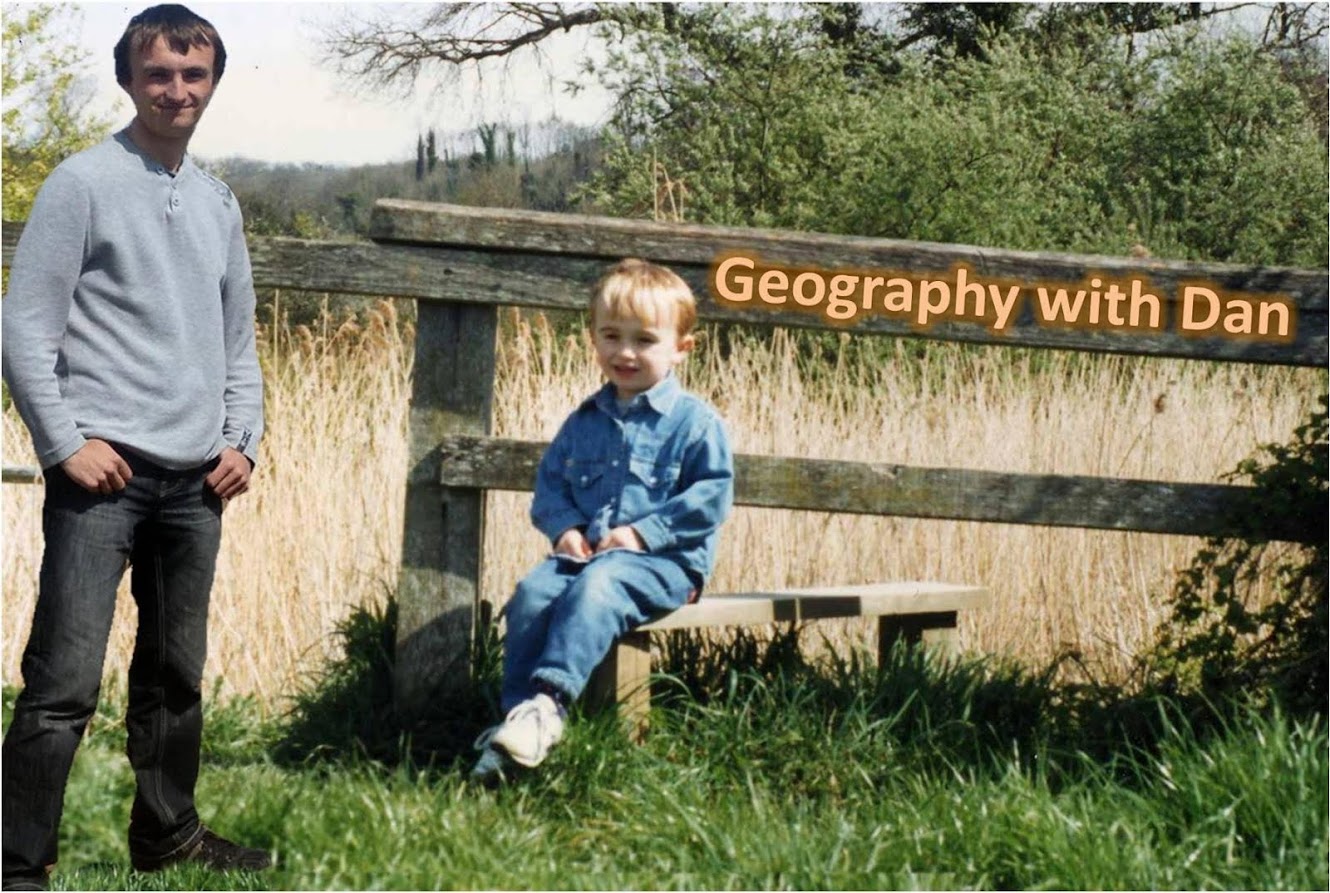I returned to university in late September and had just over
a month to write up my findings in 10,000 words. A long slog is the only way I
could describe it, but it was an enjoyable long slog. After all, I was really
getting into the 'nitty gritty' of my results; working through my data, teasing
out the trends, picking out the patterns. It involved some rather complex
statistical methods, but essentially I was trying to work out how root tapering
influences the soil. Put shortly, as segments of my roots increased in diameter
(the very top of a turnip, for instance), they generate these internal
pressures we call radial pressures. The larger the diameter of the root, the
greater the pressures exerted. At the very coarsest regions of my roots, these
high radial pressures were enough to fragment the soil aggregates and increase
what we call the macroporosity. This basically means that over time the pressures
increased the spaces or voids in between individual soil particles. The
pressures were enough to break the bonds between some of the particles, but
what does that do in terms of the erosion potential? Well, the higher
porosities in these root-fragmented zones are able to take in more water, or allow greater soil infiltration.
During a heavy rainfall event, less water runs off the surface because a
greater proportion of the precipitation is drained through the soil. If less
water runs over the surface, then there's less chance that surface erosional
features can form.
Over Christmas, I spent some time reading my dissertation. And re-reading it. Again and again. After all of this manual labour over Summer, I was not prepared to lose any marks to a spelling mistake or an unformatted heading. Before long, I would be back to the Royal Holloway and ready to bind it. Once it was bound, it was ready to be submitted. A year and a half's work and it was about to come to a close. Was I ready for it to end? Clearly the work had to be handed in, but this had never been just another piece of work. This had been part of my life, and I dare say, my family's too.
What do I mean by 'surface erosional features'? Well, if you
imagine you're walking on wet sand; perhaps, walking your dog along the beach.
If you take a stick and run it across the sand (at some considerable force) you
may observe that the stick creates these relatively thin grooves. You've
displaced the sand with your stick, and what's left is the space where the sand
used to be. Now imagine everyone in the town- every tourist, every holiday-maker,
every resident - taking a stick and doing exactly the same thing in exactly the
same place. It wouldn't be long before that shallow groove ends up quite wide
and deep. We observe the same process when water runs over the surface of soil.
As tranquil as bottled water looks, water running over a soil surface
(especially one on very steep slopes) can be quite powerful and can erode away
with considerable ease. We call those small, shallow indentations 'rills' and
over time, if the erosion persists, those rills gradually widen and deepen to
create gullies. They are all over the place, especially on the steep slopes at
each side of a railway track. With more trees and vegetation being stripped
from these railway mounds every year (the 'leaves on the line' solution,
apparently) it is exposing bare soil which is more easily eroded. So, my
project has shown that certain roots with certain diameters can reduce the
proportion of rainfall that runs over the surface and decreases the rate for
soil surface erosion.
 |
| Typical 'Rills' |
 |
| Typical 'Gullies' |
Why else would this knowledge be useful? Well, there's an
increasing amount of study currently going on which is thinking about the use
of so-called primer plants. These are
used by some farmers to prepare and condition the soil prior to planting their
high-value crops. After all, there's no point sowing your expensive seeds if
the soil isn't right for them. One way of preparing the soil is using a
tractor, but arguably this is beginning to be frowned on as the wheels of the
tractor can compact the soil enough to such an extent that any rain hitting it
just runs off. Thus, there's an increasing vision for farmers to use crops that
can till the soil. Most of this 'biotillage' is non-edible; grasses and other
such like crops. But my study shows that some edible tap-root vegetables can do
the same job as these grasses AND add to the farmer's yield. In essence, the
farmer can sell more crops, to what is a growing population.
Over Christmas, I spent some time reading my dissertation. And re-reading it. Again and again. After all of this manual labour over Summer, I was not prepared to lose any marks to a spelling mistake or an unformatted heading. Before long, I would be back to the Royal Holloway and ready to bind it. Once it was bound, it was ready to be submitted. A year and a half's work and it was about to come to a close. Was I ready for it to end? Clearly the work had to be handed in, but this had never been just another piece of work. This had been part of my life, and I dare say, my family's too.



No comments:
Post a Comment